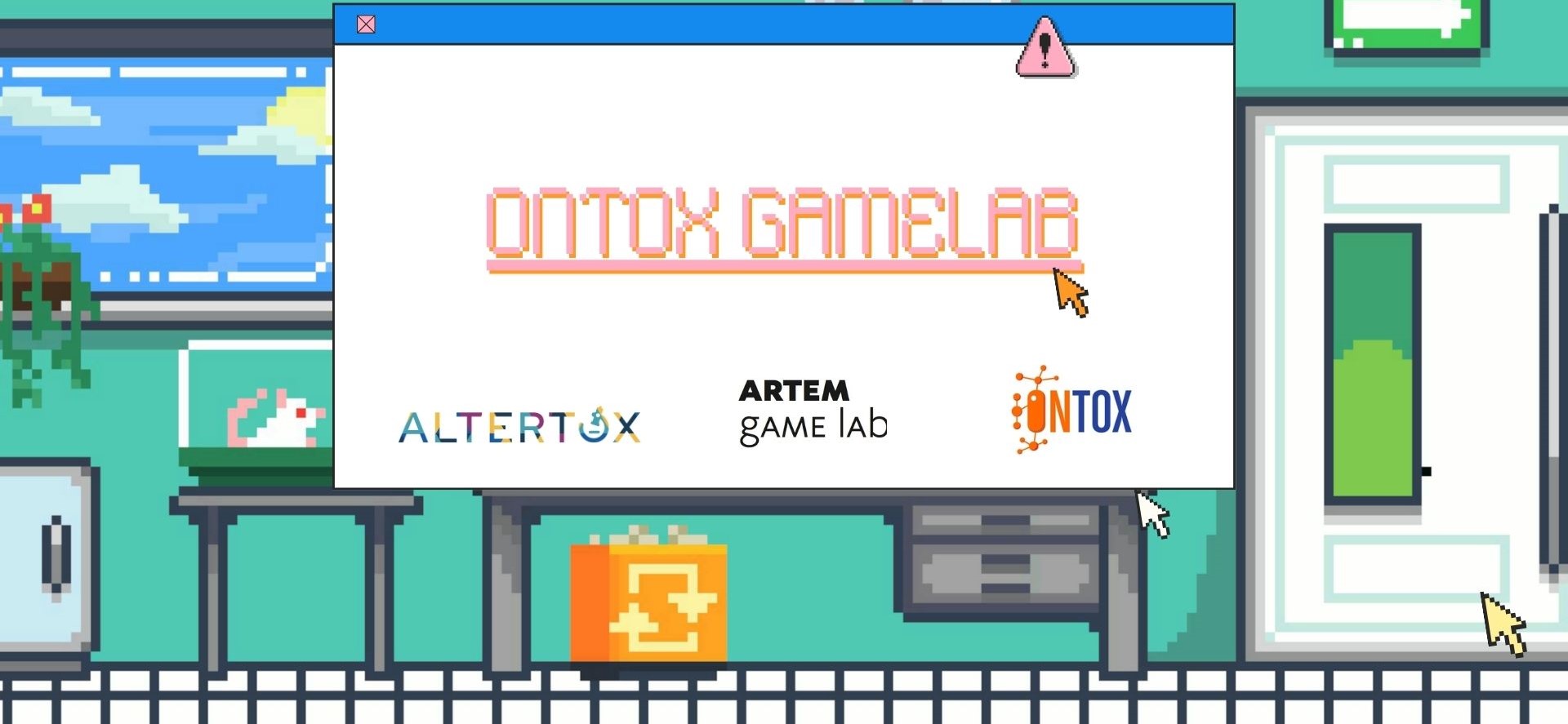Discover innovative alternatives to animal dissections in teaching with Animal-Free Science Advocacy student and educator resources. Borrow from our limited range of resources or explore free and low-cost options like the Froguts app for virtual dissections.
Secondary School Education
There is a great range of animal-free methods of teaching available at a low-cost for whole body and single organ dissections, such as the Froguts app, which allow users to virtually dissect a bullfrog, a cow eye, a starfish, a fetal pig, an owl pellet, all for free. Students have the opportunity to use digital dissection tools and a microscope, collect experimental data, and complete quizzes. The dissection modules are organised by body system, and each is thoroughly explained.
Animal-Free Science Advocacy has a limited range of student and educator resources available which aim to provide educators and students with up-to-date alternatives to animal use in teaching. Please contact us if you would like to borrow any of the items listed.
You can also search for alternatives to harmful animal use in education. Additionally, Australian states and territory education departments also provide policies and guidance on animals in schools available online.
If you are interested in purchasing a paper 3D dissection model, you can claim a 10% discount on your first order using the code: HRA10 Thank you to Getting Nerdy.

Resources for Alternatives to Classroom Animal Dissection
SynFrog
With SynFrog™, there’s no longer any need to harm real frogs for the sake of enhancing the educational experience. In addition to eliminating the ethical concerns of sacrificing living animals to teach comparative anatomy, SynFrog is a better option for students because it does not expose them to hazardous chemicals, like formaldehyde and formalin.
Australian Supplier: Mentone Educational


Concise Dissection Charts
Images of dissection specimens. We have:
1 x fetal pig
1 x crayfish
1 x brain/heart
Australian Supplier: Southern Biological
Altay Male and Female Rat Model
Adult rat with interchangeable male and female reproductive systems is mounted in supine position; removable from base for examination. Organs are detachable in 4 pieces.
American Supplier: The Science Bank


Eye Model
Demonstrate the structure and function of the human eye with this 6-times enlarged model. Includes a transparent vitreous body and functional lens. Dissects into 5 parts.
Australian Supplier: Mentone Educational Modern Teaching Aids (MDA) also supplies a range of dissection models.
Learn
about virtual dissection with the Merge Cube.
Download
a sample student choice policy for high school students.
Watch
a workshop presentation on the ethics of animal dissection.
Chicken Hatching Programs
Chick hatching programs are popular in kindergartens and lower grades of primary schools, where schools receive fertile eggs that hatch within a few days. These programs typically involve providing classrooms with an incubator, brooding box, food, and bedding for the chicks, which remain in the school for 2-3 weeks before being collected by the supplier. However, such programs raise welfare concerns, including risks of power failure causing chick deaths from lack of warmth, inappropriate handling leading to chick fatalities, and inadequate care for sick chicks. Additionally, chicks may face stress and potential mistreatment if taken home by students.

University Education and Professional Training
Many thousands of humane educational alternatives are now catalogued in databases, covering every educational level and academic discipline. These include computer simulations, videos, plasticised specimens, ethically-sourced cadavers (obtained from animals that have been euthanized for medical reasons, or that have died naturally or in accidents), models, diagrams, non-invasive self-experimentation and supervised clinical experiences.
(from HumaneLearning.Info)
Harmful animal use is commonplace within veterinary and other biomedical education worldwide, but in many universities humane alternative teaching methods are being introduced.
– Andrew Knight

Virtual Special Collection on Education and Training Resources
This third issue of ATLA’s 50th Anniversary volume features a collection of papers that focus on the topic of humane teaching approaches. These papers form online Virtual Special Collection on the topic that will also feature some relevant papers from the ATLA archive.
Alternatives to Animals in Biology Teaching and Medical Training webinar
Conscientious Objection
2.1.5 Institutions must promote compliance with the Code by:
4. ensuring that policies and procedures are made available to all relevant people and AEC members, and are promoted within the institution. This includes […] conscientious objection in the case of teaching activities…
Whilst Australian universities that use animals in teaching are required to have a conscientious objection policy according to the Code, these do vary in their scope. Murdoch University is one positive example of a progressive conscientious objection policy.
To ensure humane treatment of animals in education and support veterinary students as future advocates, it’s proposed that universities implement a conscientious objection policy, allowing students to object to harmful or objectionable animal use, outlining definitions, procedures, and accommodations while maintaining accreditation standards, transparency, and appeal processes, and providing comprehensive information to students about animal use in courses.
Read a guest blog on harmful animal use in teaching and conscientious objection.
University Sector Resources
Access 3Rs educational resources supported by the European Commission’s Joint Research Centre.
Learn more about 3D anatomy programs suitable for university students.
Learn more about the Anatomage Table, a technologically advanced 3D anatomy visualisation and virtual dissection tool for anatomy and physiology education (note that deceased animals were used as the source cadaver for the digital content).
Teaching Resources and Professional Development
Are you a science teacher interested in advancing your knowledge of the 3Rs and Animal Use in Science?
Why not take a free online course ran by the European Schoolnet Academy?

Learn about Frontiers for Young Minds program on introducing the 3Rs to young minds and read an article on organ-on-a-chip designed for young people.

Phoenix Zones Initiative has a teaching guide for undergraduate and graduate students on transforming medical research.


If you are interested in study in the field of humane education, please see the Institute for Humane Education.

Humanimal Trust have developed an education program designed for Years 12 and 13 or post-16 education comprising of a series of 11 lessons aimed at educating students
The Fund for the Replacement of Animals in Medical Experiments has put together a special activity aimed at 11-14-year-olds which encourages students to think about how scientific experts need to work together to develop technologies that can replace animal research with human-relevant science. See page 14 -15 of the British Science Week Secondary Activity Pack.


The Artem Game Lab explores new ways of communicating about alternatives to animal testing via video games.
